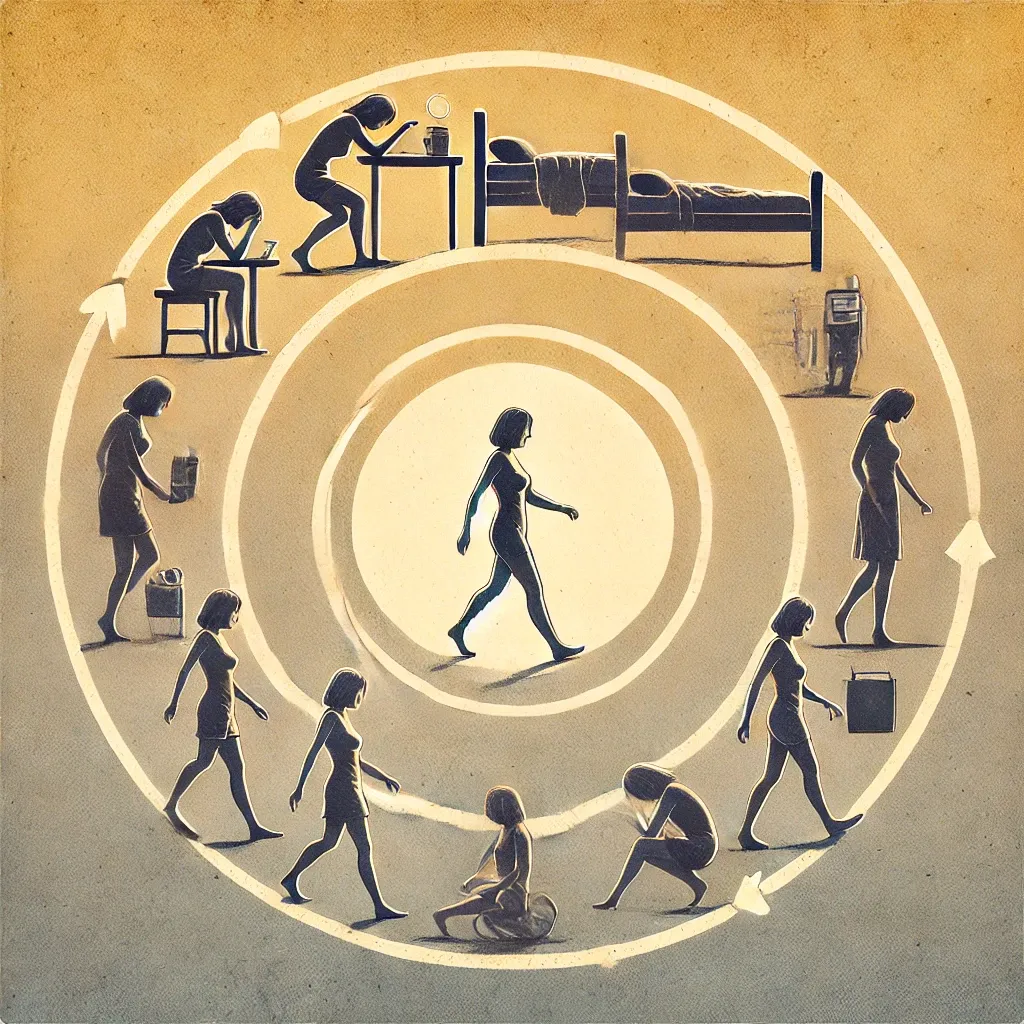Are We Just Living a Groundhog Day?

Every day, we wake up and go through the motions—sometimes escaping, sometimes fighting, often just surviving. The idea of being stuck in an endless loop is a familiar one, captured best by Groundhog Day—not just the tradition of Punxsutawney Phil predicting six more weeks of winter, but the Bill Murray movie that turned the phrase into a mindset.
People say, It feels like Groundhog Day, when life becomes a repetitive cycle. Even my mother, who has never seen the movie, expresses the same sentiment when I ask how her day was and she tells me it’s the same thing every day: Wake up, eat, take a walk, cook, clean, eat, sleep—then do it all over again.
There’s comfort in routine. It’s why I’ve rewatched the Gilmore Girls season six times and why I can’t help but stop and watch any of the Harry Potter movies whenever it’s on TV. Familiarity is soothing, predictable, safe. It removes uncertainty, and in a world full of unpredictability, it gives us something to hold onto, especially in the winter time when all you want to do is hibernate.
But growth doesn’t happen in comfort.
Change is uncomfortable. It disrupts our patterns, forces us to rewire our habits, and challenges the ease of doing what we’ve always done. Yet, as uncomfortable as it is, this is where real transformation happens. The hardest part of change isn’t making the decision—it’s sticking with it when the initial excitement wears off.
So why don’t we change? The usual suspects: too much time, too much money, too much effort. But are these real barriers—or just convenient excuses? We often wait for the “perfect” moment, the “right” amount of motivation, or the “ideal” set of circumstances to start something new. But life doesn’t work that way. Change happens in small, imperfect moments of effort, repeated day after day.
By February, 80% of New Year’s resolutions are abandoned. We start with motivation, but the reality of discomfort sets in. The initial spark fades, and the allure of old habits pulls us back. It’s easier to stay in what we know than to push into the unknown.
But what if we approached change differently? Instead of massive, sweeping resolutions, what if we focused on small, sustainable actions? What if, instead of pressuring ourselves to overhaul our entire existence overnight, we focused on changing just one part of our daily routine?
The real question isn’t whether we can break the cycle—but whether we want to. Are we simply surviving each day until the next? Or are we working toward something bigger?
What life do you envision for yourself? And what small, daily actions will move you closer to it?
Maybe the key to escaping our own Groundhog Day isn’t about grand transformations but about finding one thing worth holding onto—one goal that keeps us moving forward long after February fades into the rearview mirror.
If we can shift our perspective to embrace discomfort as a sign of progress, then every small, daily effort counts. Maybe breaking the cycle isn’t about an all-or-nothing leap but a gradual shift—one decision at a time, one action after another.
So, what is the goal that will keep you moving forward? What is one small habit you can commit to today? The loop only continues if we let it.